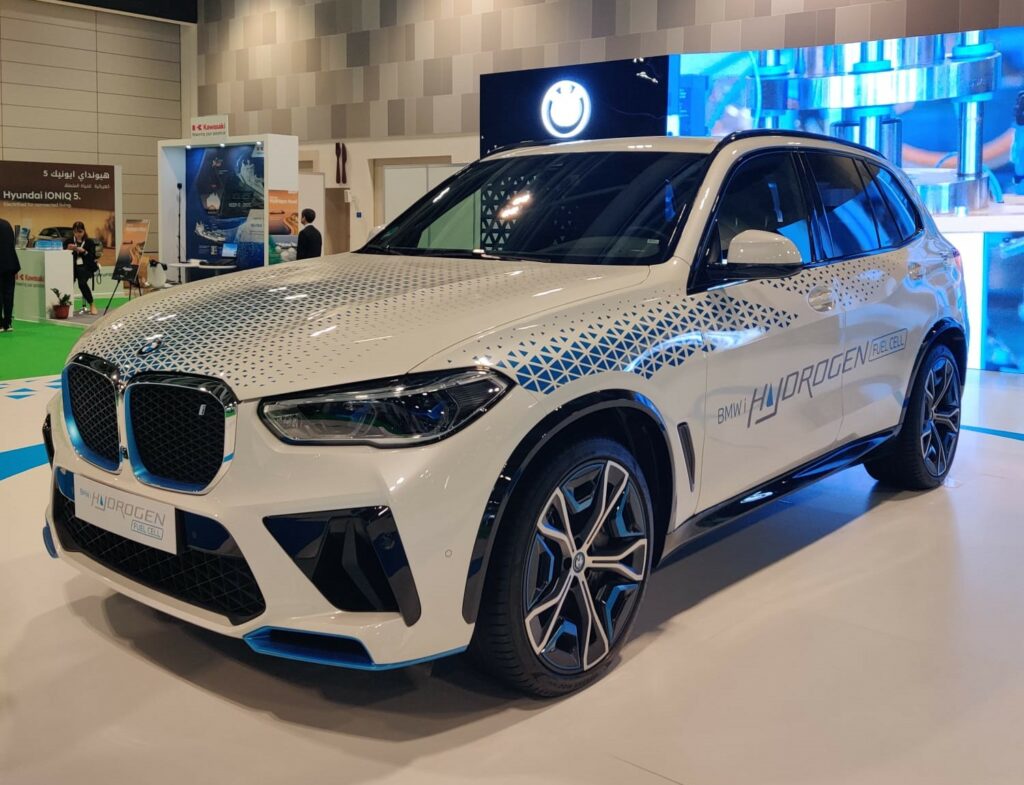The BMW iX5 taps into the versatility of hydrogen as a potential clean energy solution for future mobility. Despite speculations over its role in addressing tomorrow’s energy challenges, hydrogen fuel cell usage in vehicles remains a matter of interest. Notably, the BMW iX5 emerges as one such example.
BMW’s efforts have led to gaining hands-on experience in Hydrogen fuel cell usage in everyday situations with the iX5 series. This seemingly normal car masked by its intricate technology, much like other electric vehicles, impresses with its silent operation.
The iX5’s fuel cell is concealed in the front engine area, with twin Hydrogen pressure accumulators situated near the cardan tunnel and beneath the back seat. Power electronics, an electric motor and a small lithium-ion battery that acts as a buffer for high load demands can be found under the trunk floor.
The MAX5 delivers a powerful 401 hp from its fuel cell and electric motor, taking under six seconds to go from 0 to 100 kilometers. The weighty technology, however, deters further acceleration promptness, making it similar to the battery-electric iX.
Fast cornering reveals the iX5 facing limitations sooner than the iX due to a comparatively elevated center of gravity. Unlike the iX, its heavy components don’t sit as low in the vehicle but are relatively higher mounted.
While driving through straight lines or at a leisurely pace, the iX5 performs just fine. Yet, despite its power, it remains economical. Evidence shows a little over 200 km of range remaining after the tank reaches half its capacity.
However, the iX5’s hydrogen uptake increases with intense driving. Hence, a tank-sized 6 kg renders a functional range of 350 to 400 kilometers.
Given the rarity of Hydrogen refueling centers and the eminent cost of Hydrogen – €15 per kg, iX5’s operational expense clearly scales higher than comparable petrol, diesel, or electric vehicles. Nevertheless, these factors may change as green Hydrogen becomes the mainstream energy source, enabling temporary storage for the growing surplus of wind and solar energy.
By 2030, BMW plans on launching its first series car with Hydrogen fuel cells that could find Asian markets pushing for hydrogen like Japan, South Korea, and China taking keen interest. Further, with widespread deployment of photovoltaic and wind turbines for green Hydrogen production during slack energy demands, hydrogen-powered cars could become a critical element for future, locally emission-free mobility.





